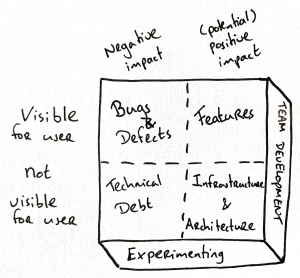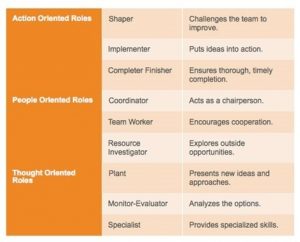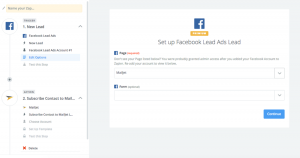— October 21, 2017
So often, you get almost everything right with a retail marketing campaign. Users come into your app or mobile site, they’re engaged, they go so far as to add items into their carts. That’s where the heartbreak happens. Your user doesn’t buy what’s hanging out in their cart. And the costs are staggering– cart abandonment costs companies about $ 4 trillion a year.
The biggest reason users give for why they don’t buy what’s in their cart–61%–is because of extra costs are too high (shipping, fees, etc). But 27% of users said a long, complicated checkout process made them give up. And another 8% said there weren’t enough payment options. Those are the kinds of user issues that apps–and the personalization apps make possible–can fix for you, so more users will complete your checkout flow.
Put the right mobile tech in place.
Integrate with mobile wallets to streamline payment.
Build out your own payment system isn’t strictly necessary when it’s so easy for your dev team to utilize popular mobile wallet solutions like Apple Pay and Android Pay, and integrations like PayPal. Since users have already created those accounts, you save plenty of steps during the checkout process.
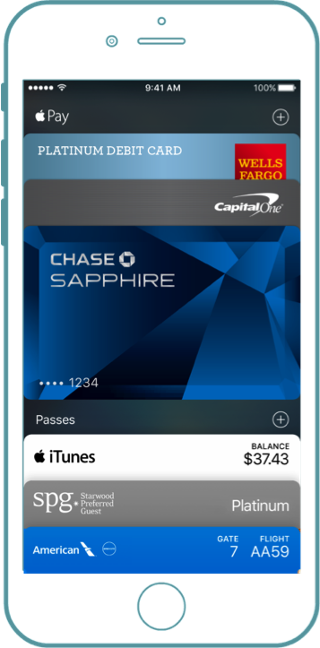
Carry carts through multiple channels and devices.
A cart that carries across devices is a really important part of a personalized experience for your users. Sure, it’s not strictly app focused, but your user isn’t thinking in terms of device, or channel–it’s all one experience, with one brand. Maintaining their cart means you’re letting the user dictate how and when they buy.
Trigger relevant, automated messages.
Email’s been a go-to tool for ecommerce retailers for years now. A user browsing your site abandons their cart, and you send along a cheeky email to remind them what they’re missing. Push notifications and in-app messages let you do the same thing, but because they’re going to some of your most engaged customers–your app users–you’re likely to see better engagement.
Reminders.
Even if you haven’t had a chance to streamline your checkout process yet, just reminding users that they have items in their cart is enough to prompt checkout. It’s not uncommon for users to simply be distracted while they’re browing. With a push, you can deep-link straight to their cart, where everything they’ve picked out is waiting for them.
Retailers have been doing this for a while with email, and it works well. But push notifications can bring users into your app, faster, since users don’t need to take the step of actively checking their email.
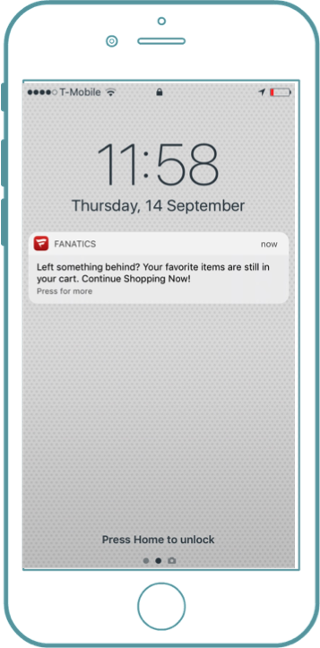
The Fanatics app uses a casual, low-pressure push notification to follow up with users who haven’t finished checking out.
Offer an incentive.
Maybe the price was holding your user back, and you just need to sweeten the deal a little to get them through. Use a push notification or in-app message to
Create a sense of urgency.
Items on sale tend to go fast, and using your reminder to capitalize on that sense of urgency can be effective, too. Wayfair’s combines a tally of how many of the item are let witha gently-urgent push notification to let me know that I should probably act fast on my item if I don’t want to lose out on the end table of my dreams. (Extra points for putting making it a rich push notification, too!)
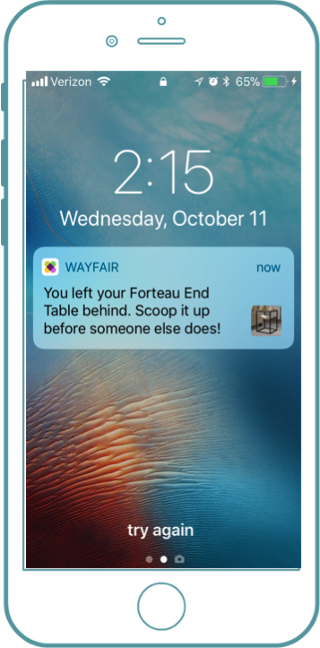
Get the timing right.
Timing and relevance are the secret formula to effective personalized push–you really can’t have one without the other. Even if you’ve nailed the message, you can automate these messages to be sent when your users tend to be more engaged, rather than just a set number of hours after they’ve abandoned their carts.
It doesn’t always have to be a push notification, either.
Around 60% of your users won’t have push enabled (here’s some ideas on how to fix that) but no worries. You can use in-app messages to connect to these users once they’re back in your app.
If you’re going to follow up, make it personal.
Personalized app experiences can’t fix everything in your checkout flow. A fair amount of your users are going to be window shopping, but a personalized experience can definitely rescue revenue you’re losing to contexts like an interupted shopping session or indecisive user. Put them to work, and personalize them as much as possible.
Digital & Social Articles on Business 2 Community
(38)
Report Post
